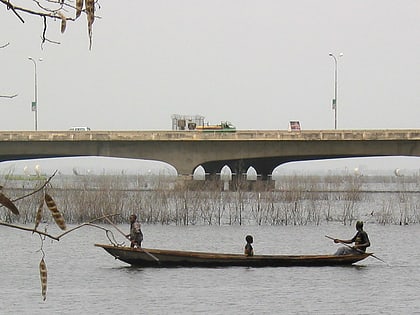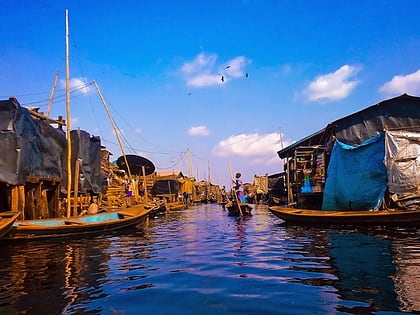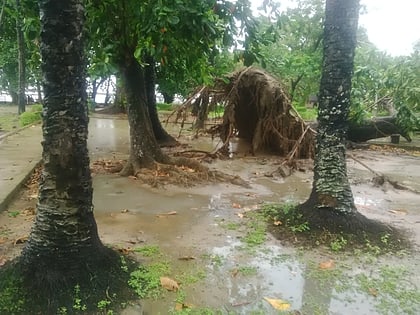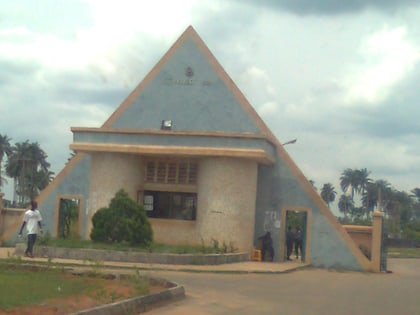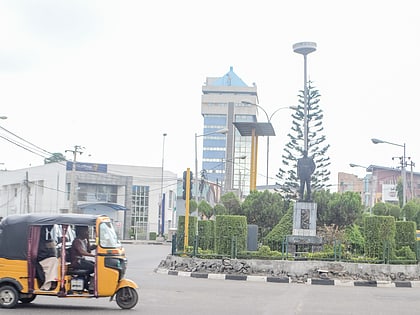Third Mainland Bridge, Lagos
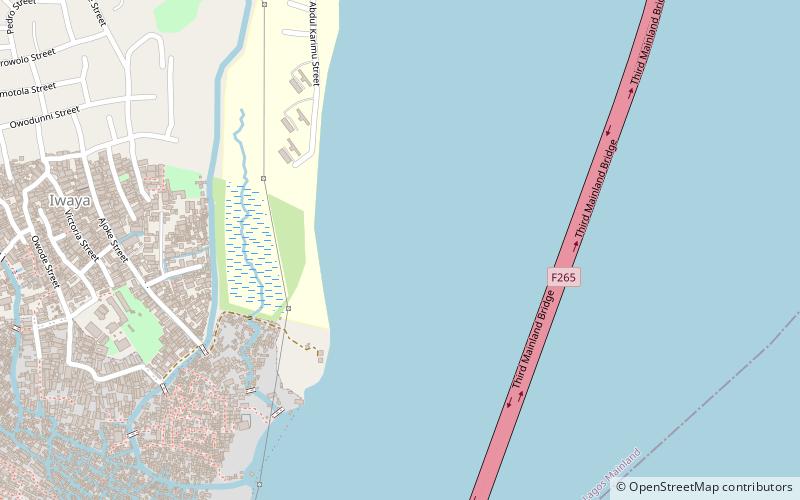
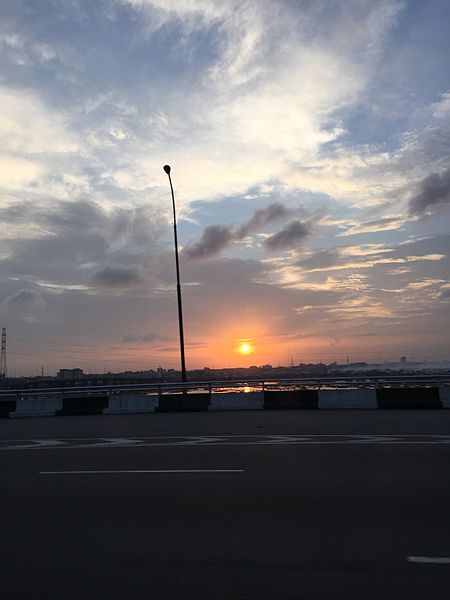
Facts and practical information
Spanning the Lagos Lagoon, the Third Mainland Bridge stands as a vital artery in the bustling metropolis of Lagos, Nigeria. Officially known as the Ibrahim Babangida Bridge, this impressive structure is a hallmark of modern engineering and a critical component of Lagos's transportation network.
Constructed and opened to the public in 1990, the Third Mainland Bridge is the longest of three bridges connecting Lagos Island to the mainland, stretching an imposing 11.8 kilometers. It serves as a major route for the daily commute of thousands, linking the densely populated commercial and residential areas.
The bridge's significance to Lagos cannot be overstated; it not only facilitates the movement of people and goods but also alleviates the notorious traffic congestion for which the city is known. As a result, it plays a pivotal role in the local economy, allowing for more efficient trade and commerce.
Despite its utilitarian purpose, the Third Mainland Bridge also offers a unique perspective of Lagos. Drivers and passengers are treated to panoramic views of the city's skyline, the expansive lagoon, and the diverse aquatic life below. At dusk or dawn, the bridge presents a picturesque scene against the backdrop of the rising or setting sun.
Maintenance of the Third Mainland Bridge is a subject of paramount importance due to its heavy usage. In recent years, the bridge has undergone several repair works to ensure its safety and longevity, reflecting the government's commitment to preserving this essential infrastructure.
Lagos MainlandLagos
Third Mainland Bridge – popular in the area (distance from the attraction)
Nearby attractions include: Makoko, University of Lagos, Delta State University, Yaba.
Frequently Asked Questions (FAQ)
How to get to Third Mainland Bridge by public transport?
Bus
- Unilag Shuttle Bus Station (28 min walk)
